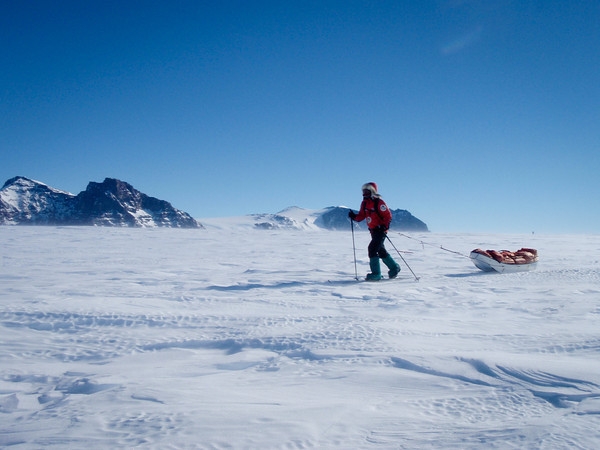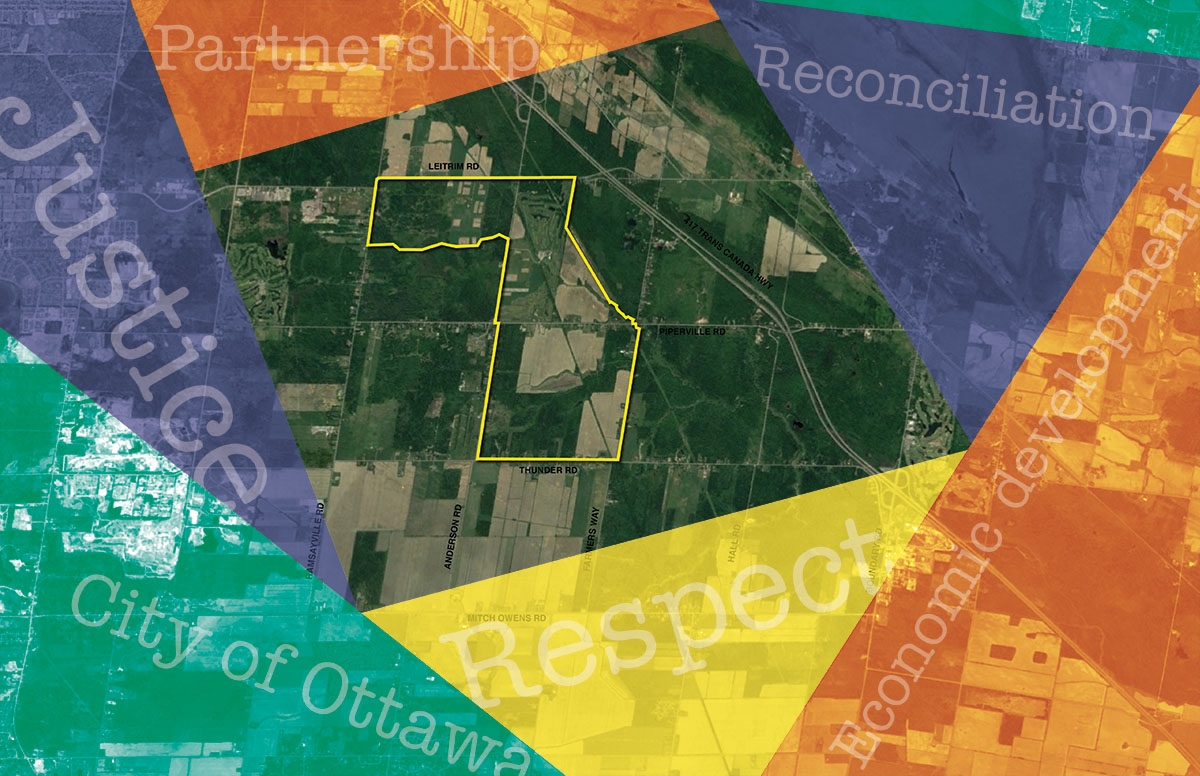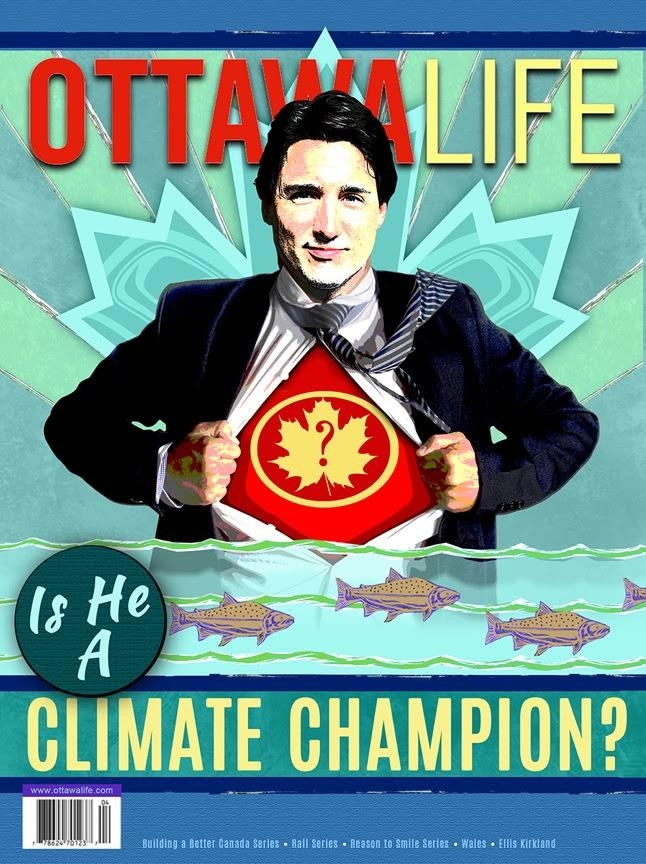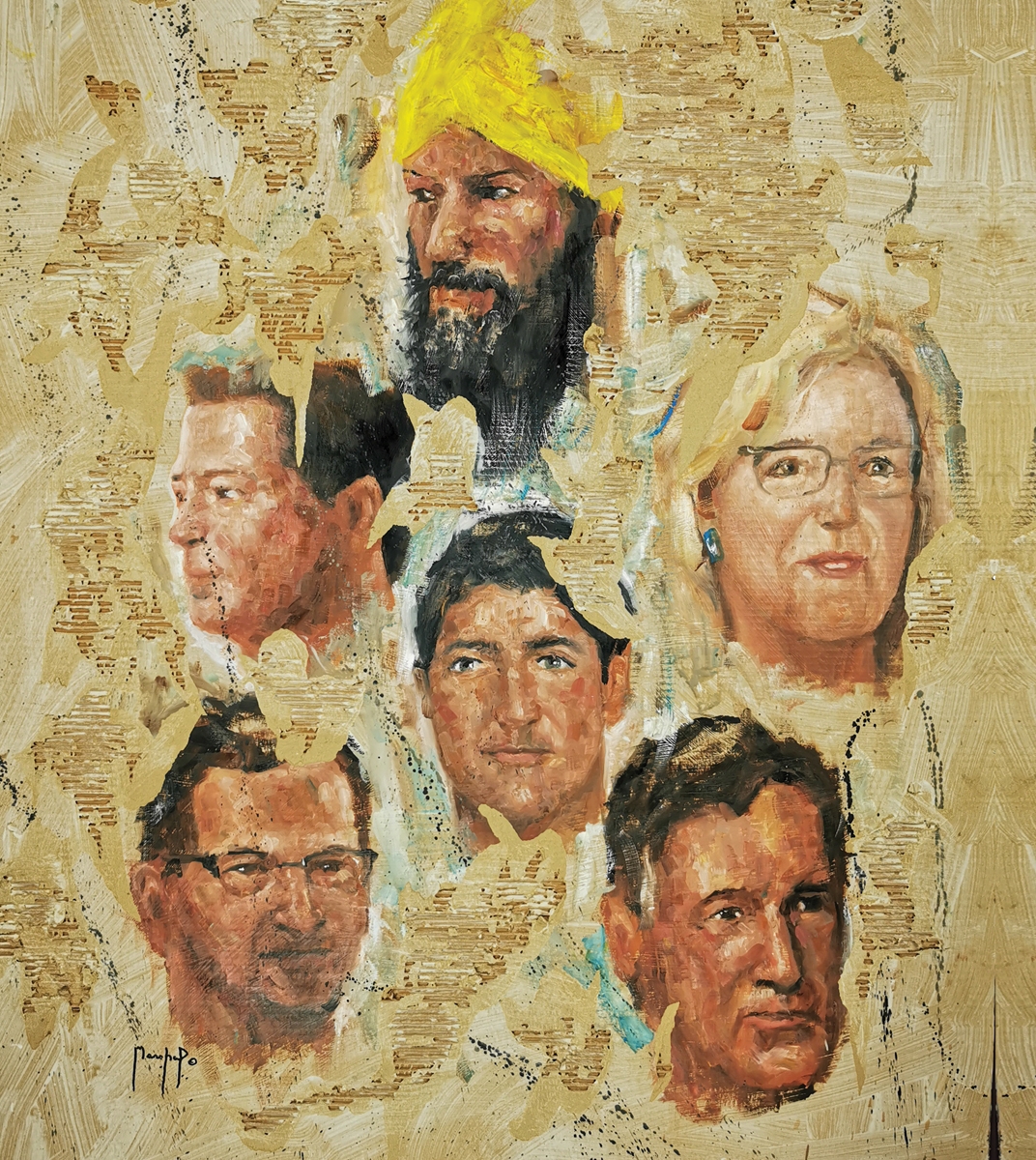
Following in the Footsteps of Sverdrup: An International Team’s Mission
Reliving history offers the perfect opportunity to rediscover an important explorer.
More than a century ago, a Norwegian shipmaster failed to circumnavigate through Baffin Bay, forcing him to overwinter on Ellesmere Island. During his time there, he explored countless fjords and passageways on the western part of the island, mapping them out for the first time. Between 1898 and 1902, he proceeded to return to the same area for four winters, creating the first comprehensive map of the islands west of Ellesmere.
The shipmaster, Otto Sverdrup, quickly became a Norwegian legend, while his maps were eventually sold to Canada in 1930 by the government of Norway.
Today, Sverdrup is a distant memory, but a group of four modern-day polar explorers hope to change this.
Last winter, they retraced Sverdrup’s travels through the New Land 2013 expedition in the hopes of reinvigorating the story of the Norwegian explorer. For 65 days, American John Huston, Norwegian Tobias Thorleifsson, Canadian Hugh Dale-Harris and South African filmmaker Kyle O’Donohue travelled across the landscape, tweeting, blogging and filming their experience.
 With this footage, the group has now been working hard to showcase and display their findings. On June 8, at a reception in Ottawa held at the Norwegian ambassador’s home, they discussed their journey with members of the community and the media.
With this footage, the group has now been working hard to showcase and display their findings. On June 8, at a reception in Ottawa held at the Norwegian ambassador’s home, they discussed their journey with members of the community and the media.
Their story spans a variety of themes. From the visible effects of climate change on the island to the daily challenges of staying warm and their relationship with sled dogs, the explorers made sure to document every aspect of their journey.
Dale-Harris recalled: “The goal was to tell the story of Ellesmere and the High Arctic, and what it’s like now. We could keep that out and do some sort of comparisons of what it was like back then. What wildlife is there? A lot of the stuff isn’t documented.”
Luckily, they were able to take the time to tell their story fully. While this was not the first Arctic trip for three of the explorers, it was definitely unlike most other excursions they’d been on. As Dale-Harris explained, the focus on many polar trips is to cover as much ground as possible in a short period of time.
“[It] was really nice to be on a different type of trip and be able to focus on the film and on spreading the word about Ellesmere and Sverdrup,” Dale-Harris observed.
 O’Donohue – the only member of the team who had never been up North before – was in charge of capturing the beautiful photography showcased to the small gathering at the ambassador’s residence. With panoramic shots of the landscape, close-ups of the wildlife and scenes of the day-to-day lives of the expedition, all guests were able to see the struggles the explorers faced and the beauty of the landscape they lived on for 65 days.
O’Donohue – the only member of the team who had never been up North before – was in charge of capturing the beautiful photography showcased to the small gathering at the ambassador’s residence. With panoramic shots of the landscape, close-ups of the wildlife and scenes of the day-to-day lives of the expedition, all guests were able to see the struggles the explorers faced and the beauty of the landscape they lived on for 65 days.
While the four explorers undoubtedly missed Ellesmere, there were some definite benefits of being home. Seeing their families was of course the greatest relief, but having home-cooked food again was truly a delight.
“We’d get into the tent and it would be like ‘what do you want to eat tonight?’ And it got to the point where it was like, ‘green food or yellow food?’” Dale-Harris revealed with a laugh.
Even with a diet of freeze-dried food and having to sleep in icy cold temperatures, the explorers were able to fulfill their final mission – to immortalize Ellesmere and Sverdrup for their loyal followers in Norway, Canada and the U.S., and show what the Norwegian shipmaster had only been able to map a century ago.









